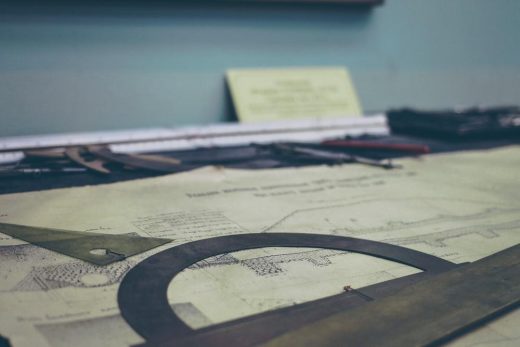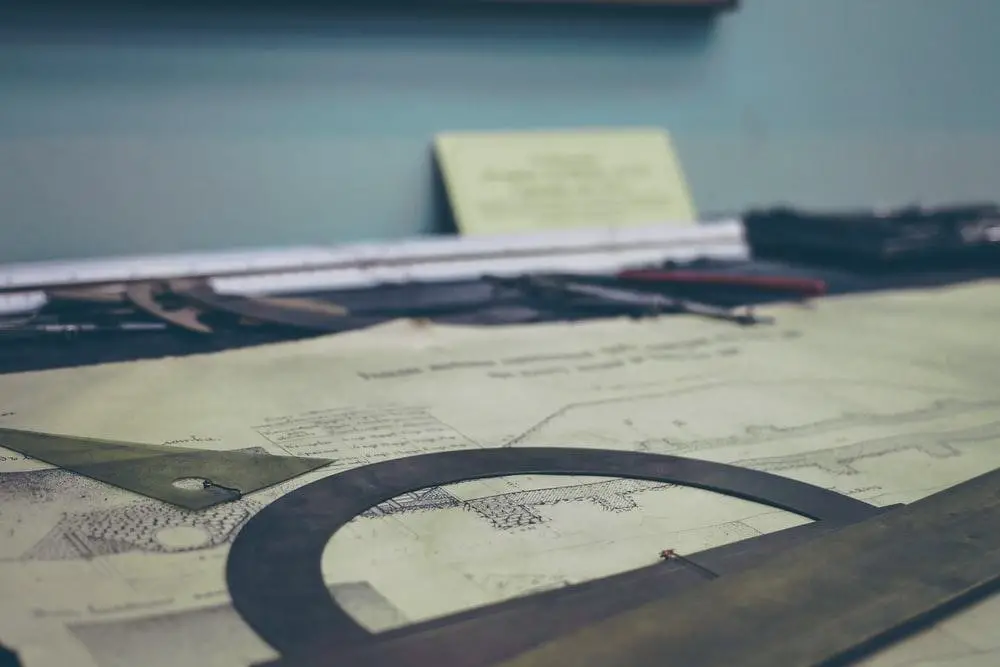Architects Enforcing Structural Safety in Design, Buildings H&S Advice, Property guide
How Architects Can Enforce Structural Safety through Design
H&S Building Construction Advice Article
5 Aug 2019
How Architects Can Enforce Structural Safety through Their Design
Every architect, amongst other things, takes safety seriously whether designing a towering skyscraper or an escape route for emergencies.

image courtesy of article provider
Safety by Design
Safety by design is a professional moral code for architects. They stand to lose their practising license if their building design flouts basic safety principles.
While that’s a well-recognized industry safeguard, there are inevitable incidents that shake that belief—and re-poses the question: Was the building built up to code? In other words, did the contractors and architects implement safe design principles throughout the construction process?
Not long ago, the fire-led destruction of London’s Grenfell Tower sparked investigations into the city’s safety regulations, which were deemed unfit for high-rise buildings and raised serious concerns about the construction industry’s competence in handling fire safety. Expertly designed insulation tests revealed that the building’s cladding materials weren’t meeting fire safety essentials.
Avoiding such tragedies and more is a persistent goal for architects tirelessly working to engineer safety-first construction processes.
Let’s get to the bottom of what it takes to ensure safety in engineering design.
Get Appropriate Safety Qualifications
Being trained in the most up-to-date safety measures prescribed by OSHA and other professional organizations that offer OSHA training programs fortifies an architect’s toolkit. Construction is getting more complex with new equipment and technology, and safety protocols change every so often to protect workers from inadvertently risking their lives while operating new gadgetry.
Having the tools that ensure everyone on site understands regulations decreases the chances of injuries, speeds up safety inspections, encourages all to follow due process when fatalities are reported—why you need a formal safety program in the first place. Your perspective is better informed throughout the construction phases if a field worker reports an egregious fall of a co-worker—the leading cause of worker deaths in America. Procore lights the way to a robust safety culture by carrying out a successful OSHA stand down.
Several construction companies ask architects to provide NEBOSH certificates as proof of qualification—a growing employment standard in the industry.
Give Safety Directives but Monitor Their Discharge
Given that every construction worksite is unique in its make and form, safety programs should be as such as well. Hazardous zones in jobsites bring specific responsibilities and caution, more of the latter, which may not be adequately discussed between the higher-ups and workers. Some of the major fatalities have arisen due to the absence of instruction for hazard zones, dangling the sword over construction managers and contractors who are entrusted to look after employees. To understand what kind of safety directives are essential, let’s go over some commonly surfacing risks.
- Fire: Knowing where to store combustible materials, clearing fire escape routes, and drafting strict smoking rules are must-haves while framing construction plans and jobsite safety regulations.
- Defective equipment: Inoperative and lousy equipment maintenance can develop defects outside of anyone’s knowledge and can risk an innocent worker’s life. Replacing or repairing defective equipment in time will not only save lives but prevent delays and cost increases.
- Electrical: Establishing safe electrical connections and risk-proofing existing plugs, cables, wiring, and connections can help avoid preventable accidents.
- Flooring: Unfinished floor work, blocked entrances, unattended materials lying across the jobsite are all potential causes of fatalities.
- Callous maintenance: Since a jobsite undergoes layers of construction work, it is the duty of site superintendent or supervisors to oversee every area has been safely cleared for movement and upkeep efforts.
Safety directives will differ based on where you’re working. If you’re tasked with a residential property, ensure that homeowners and relevant visitors are clear about access to the area and routes to take to avoid coming in the way of ongoing work.
Construction workers must also be mindful that residential visitors might come over for periodic check-ins, and being proactive in informing them about safety protocols will prevent harm. A mining site, on the other hand, has sensitive areas that must be highlighted as such for when a safety compliance inspector visits they don’t unknowingly step into a pit while examining the site. Architects need to account for these eventualities in the design phase and involve safety engineers in laying out prevention stipulations to different access areas.
A foolproof safety mechanism follows a hierarchy when hazards come knocking and risks escalate safety concerns. Every construction project needs to ensure a hierarchy is adhered to, which typically forms in the pre-construction phases. Here’s a three-step failsafe for hazards:
- Quashing hazard likelihood: The model for safety should be to eliminate the remotest possibility of hazard. Assessing the site for tricky work zones and not-so-obvious danger-prone areas will yield a more thorough safety plan.
- Find helpful substitutes: It’s advisable to substitute highly risky construction activities—inspecting restricted areas—with better options such as taking 3D aerial views using drones to identify discrepancies. On that note, putting combustible materials and other hazardous construction materials in sealed storage areas would deter risks.
- Prevent exposure: Ensure workers are appropriately authorized to carry out restricted zone activities. Keep them away if your site safety systems have detected potential hazards breaking out. Preventing hazard exposure is still to be improved on many jobsites as companies become discerning of safety technology.
Work Collaboratively to Ensure Prevention through Design
The Work Health and Safety Act of 2011 provides a roadmap for architects to exercise safe design tenets for all construction projects. This requires that they ensure engineers and contractors remain in compliance with the requisite federal, provincial, and municipal public health and safety ordinances.
For government and large-scale civil construction projects, architects work with public health and safety design experts to meet all standards—this trickles down to field workers being effectively trained on safety codes.
Why safety gets compromised may have some truth in the long-standing proverbial duel between architects and safety engineers. Both parties have known to field creative differences in the construction process—from choosing materials to designing floor plans. These differences must be contained pre-construction to ensure structural, geotechnical, and zoning safety requirements are met before someone is at risk.
Construction safety is an evolving practice but introducing technology such as 4D BIM has boosted its efficacy manifold. Back in 2007, the industry was warming up to its first version where about 28 per cent of construction businesses adopted it. Today, more than 70 per cent construction owners run on-site operations using BIM software given that it drastically increased efficiencies of scale across the life cycle of projects.
While design modelling enables safety handling, safety in engineering design culminates as a product of thorough site evaluations informing the formulation of safety measures. Coupling the various aspects of site review and constructability of the proposed structure, architects function in tandem with in-office and on-ground teams to optimize design specifications before it’s handed over to contractors.
As large-scale projects carry higher exposure to risk, fire safety in design has emerged to the forefront of the safety debate. In getting buildings up to code, architects are behooved to consult legal and environment specialists to adhere to local planning and zoning laws. Every part of the building structure is fit for purpose with openings and enclosed spaces sized and built using established safety guidelines. From ensuring adequate PPE equipment to safety inspections, architects work to put in administrative and engineering controls jeopardize cost baselines and bottom lines.
Construction phases are riddled with safety risks. Architects are expected to have the foresight of the future without letting current construction activities getting compromised.
Building Articles
Comments / photos for the How Architects Can Enforce Structural Safety through Design page welcome





